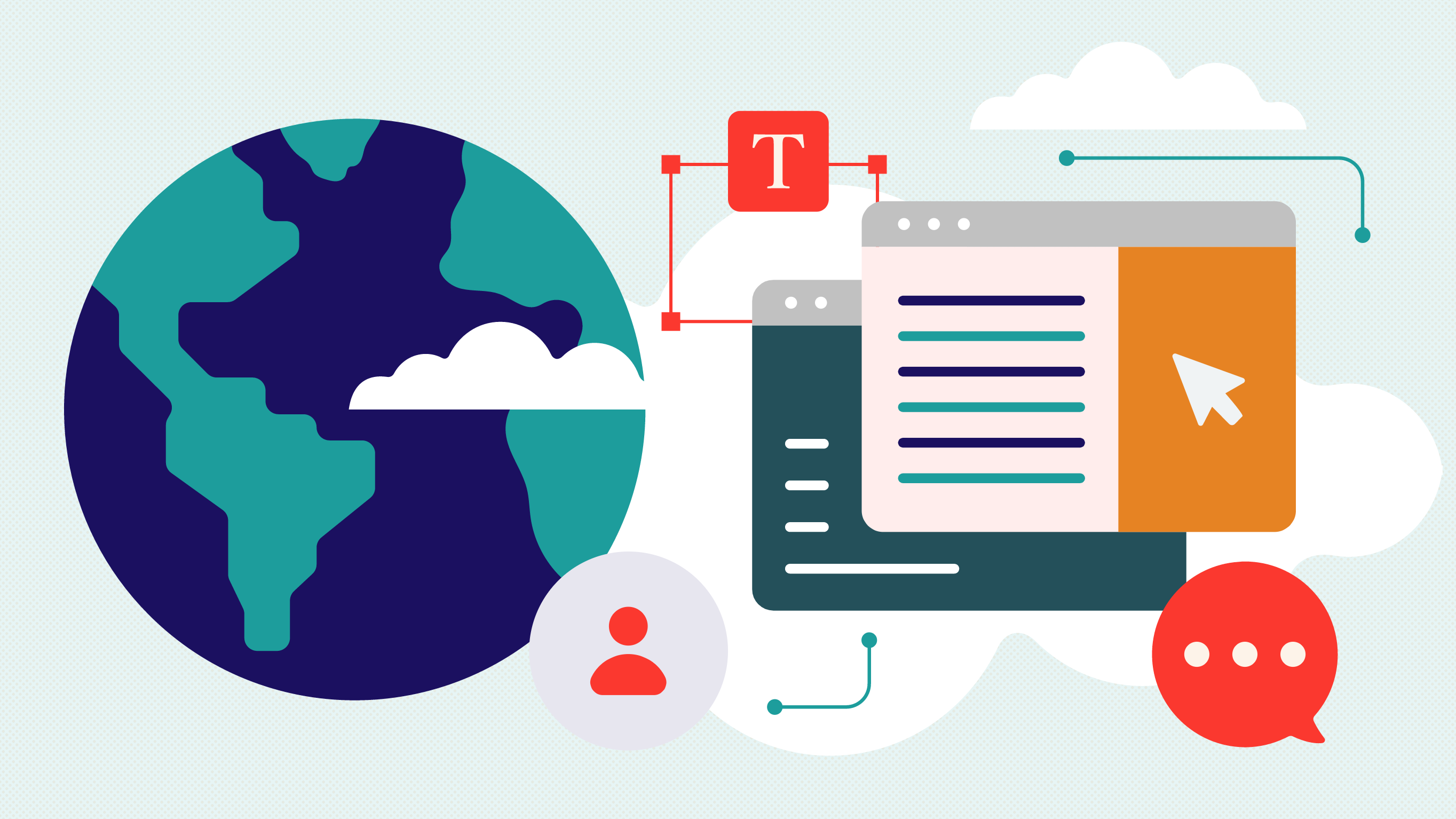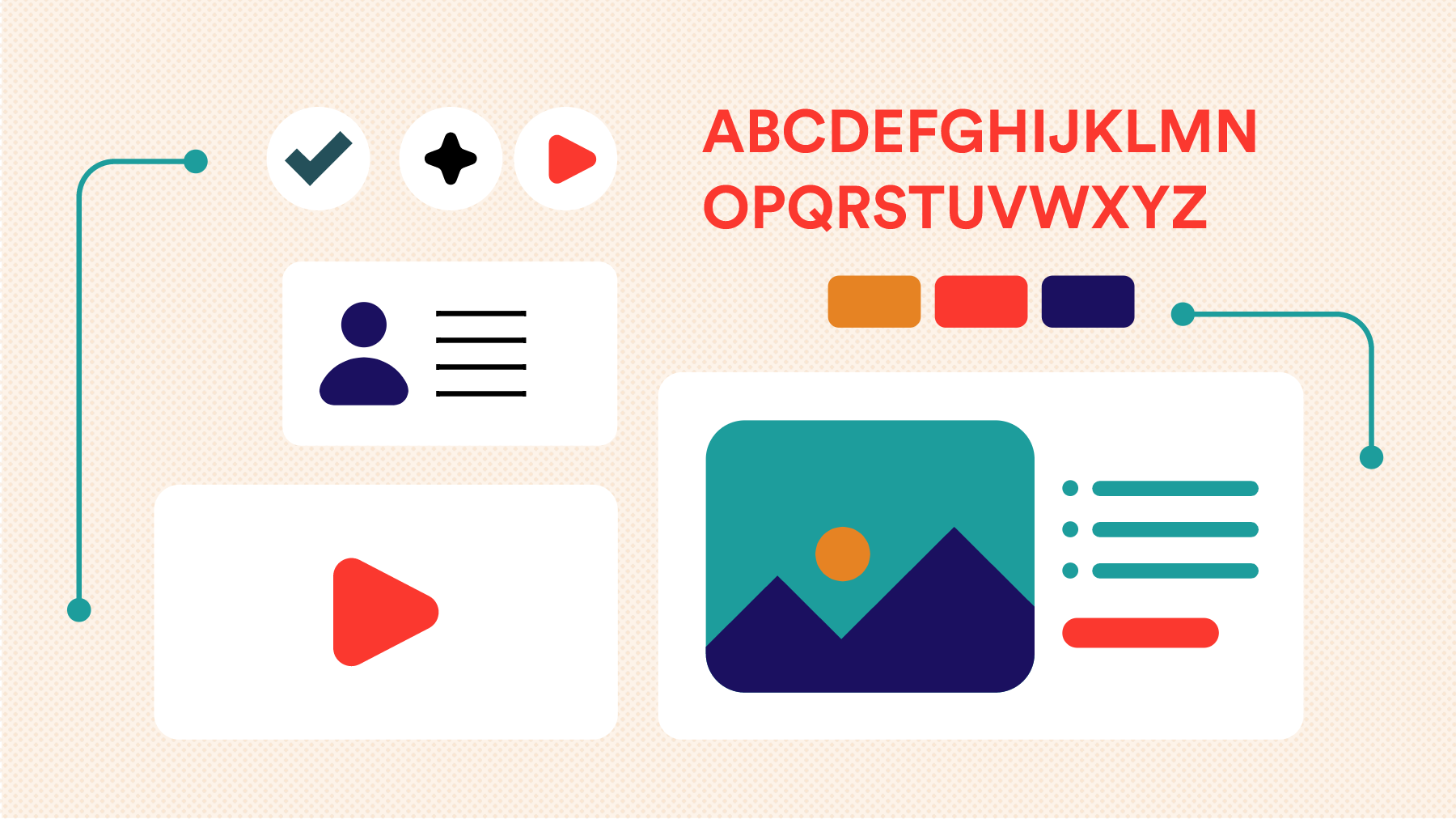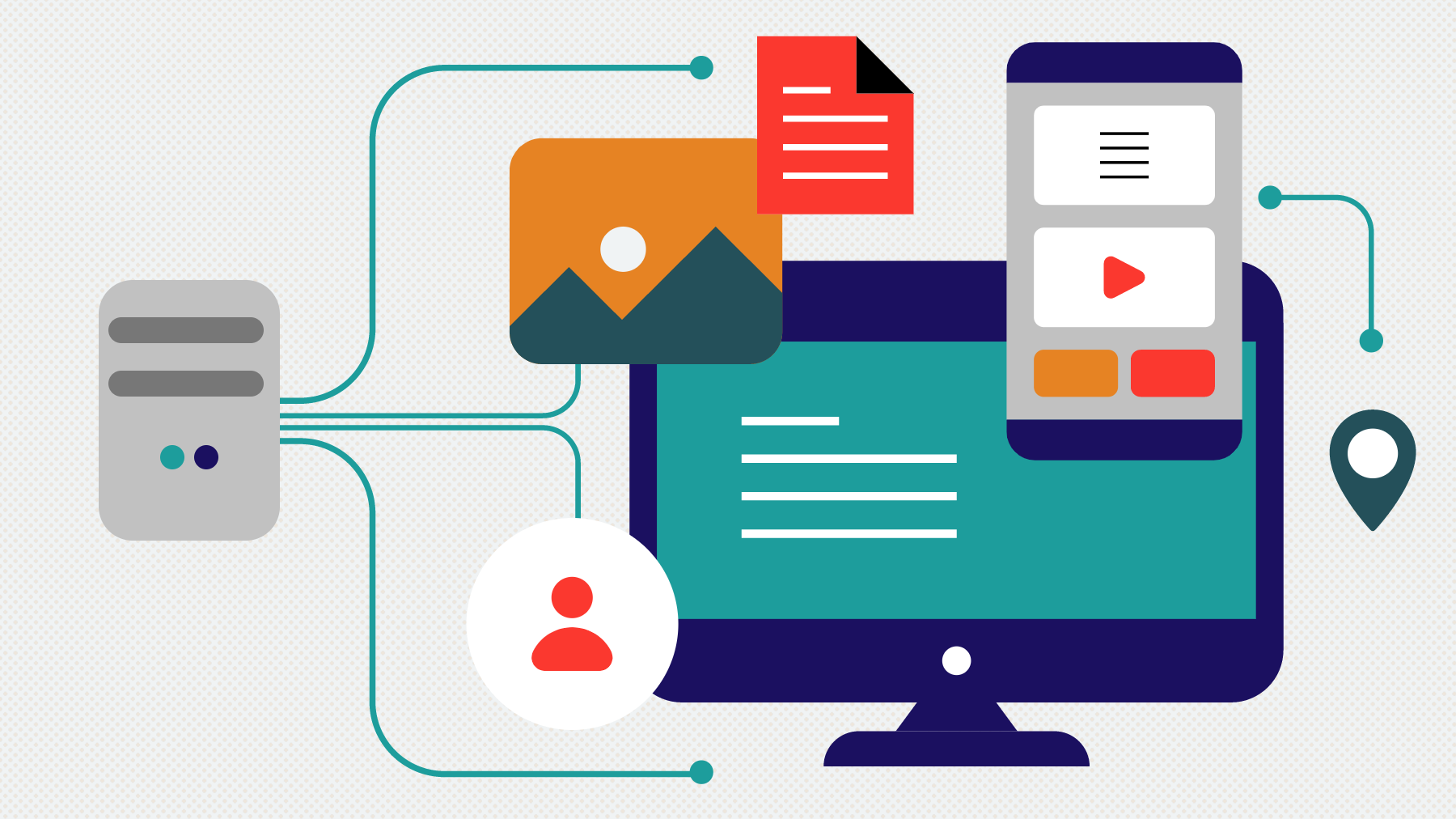Web eco-design: an approach applied in all our projects

Ecology and environmental preservation have become major issues in our society. At Tink, we take our ecological footprint very seriously. That's why we strive to minimize our environmental impact by implementing an eco-design approach for all our projects.
What is web eco-design?
Web eco-design involves designing websites in a way that minimizes their impact on the environment. This approach aims to reduce energy consumption and greenhouse gas emissions associated with website usage. It takes into account various aspects of website design, such as:
- Design
- Choice of technologies
- Content
- Hosting
In short, web eco-design allows us to create websites that are more energy-efficient while maintaining the same level of performance.
Web Eco-design
Our approach to web eco-design is primarily based on UX design best practices. We prioritize user needs with an approach focused on simplicity, clarity, and intuitiveness. By doing so, we reduce our ecological footprint by streamlining content and retaining only essential functionalities.
Our design approach is based on two sources:
1. Material Design: This set of design rules proposed by Google aligns with various development frameworks like Bootstrap. Such an approach promotes eco-design as it facilitates the creation of harmonious, efficient, streamlined, and easily reusable interfaces.
2. Atomic Design: This interface design methodology views all elements of a web page (icons, buttons, typography, etc.) as a set of interconnected modules, much like the different atoms of a molecule. This methodology allows for the creation of effective, structured, and simplified interfaces that adhere to web eco-design principles.
Through these two approaches, we can build what is commonly referred to as a design system in the industry. It is a design framework that brings together reusable components and documentation to design and develop digital products or services consistently and cohesively. The design system becomes the reference guide for design and front-end development teams. This way, we become even more efficient and structured in producing interfaces that adhere to eco-design principles.

Web Eco-design in Technologies
Web eco-design also holds a central place in our technical practices. Whether it's for project development or infrastructure, our shared goal is always to reduce energy consumption. This translates into concrete measures at two levels.
At the code level
It is not a coincidence that ecological principles align with development standards. We aim to write efficient and non-duplicated code.
Internally, we use tools like SonarQube to analyze each project compilation and ensure that no code duplication is introduced, while also maintaining simplicity in our functions. We apply the same attention to the external libraries we use. We prioritize small libraries that fulfill specific needs rather than using a massive library that wouldn't be fully utilized. Additionally, we make sure to minimize all files used in production to limit their size.
At an infrastructure level
With the goal of consuming less energy, we employ Content Delivery Networks (CDNs) to optimize image loading. We also use caching tools like Varnish to avoid unnecessary page reloading. Furthermore, our data centers are located in Quebec, providing an opportunity for Quebec-based companies to reduce the amount of energy required to transmit data to users.

The Benefits of an Eco-designed Website
In addition to promoting cherished ecological values, eco-design also helps maintain a rigorous development framework for our projects, offering other significant advantages.
Improved Performance
Websites optimized for eco-design generally have faster loading times and overall better performance, enhancing the user experience and reducing bounce rates.
Ease of Maintenance and Scalability
An eco-friendly site is developed with a clearer code structure and reduced reliance on extensions (plugins) and complex functionalities. As a result, they are easier to maintain and update, as there is less code to manage and fewer risks of plugin conflicts or version compatibility issues.
Cost Savings
Optimizing energy consumption can also help reduce the operating costs of a website, including hosting, cooling, and electricity expenses, not to mention anticipated savings on maintenance time.
Brand Image
Companies that adopt eco-responsible practices can improve their brand image and strengthen their positioning as a responsible player in the market.
Eco-design: An Approach at the Core of All Our Digital Services
Maximizing the profitability of your digital ecosystem while reducing our impact on the environment is a daily goal that drives us!
Contact our team to discuss your project.